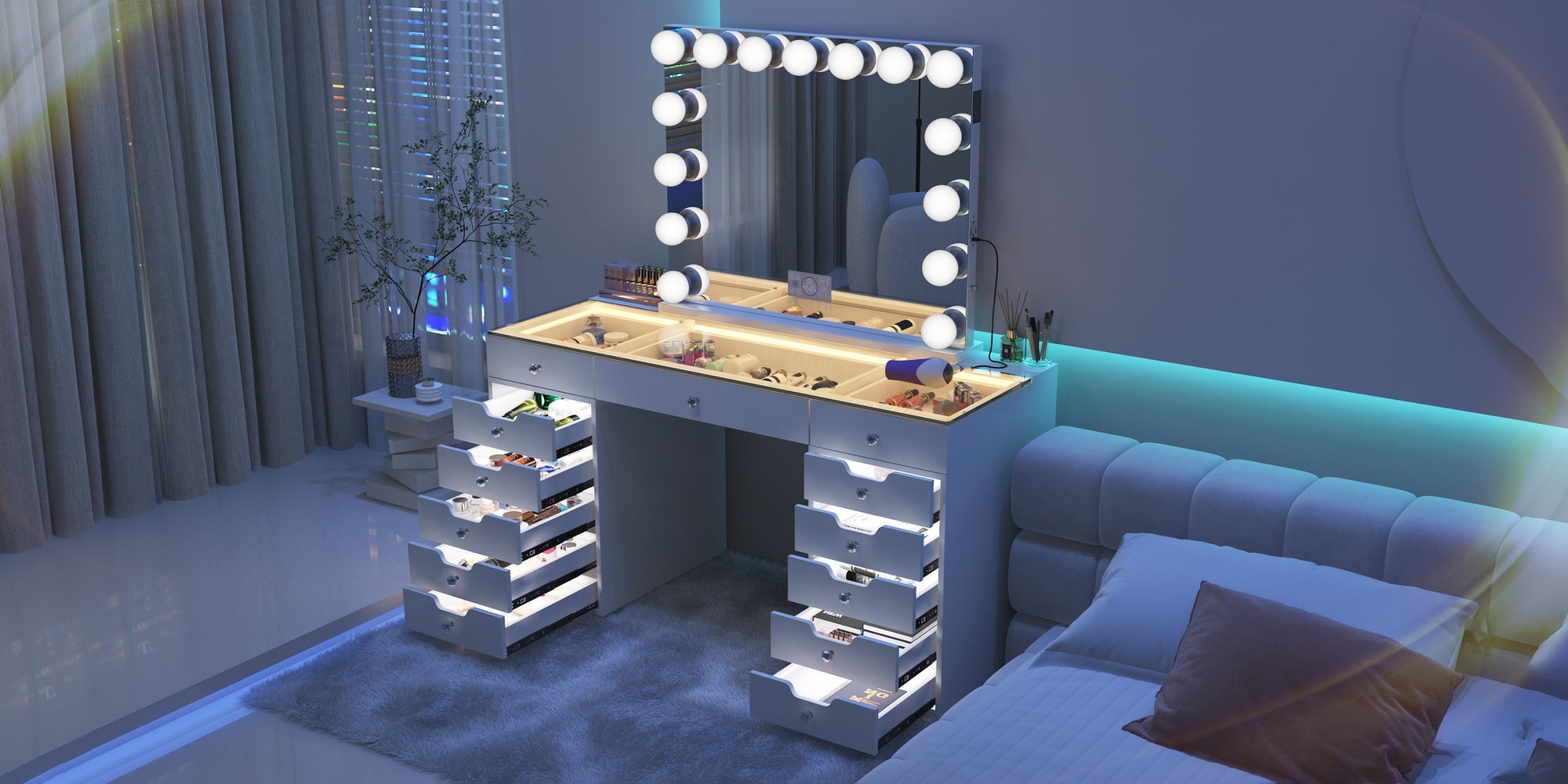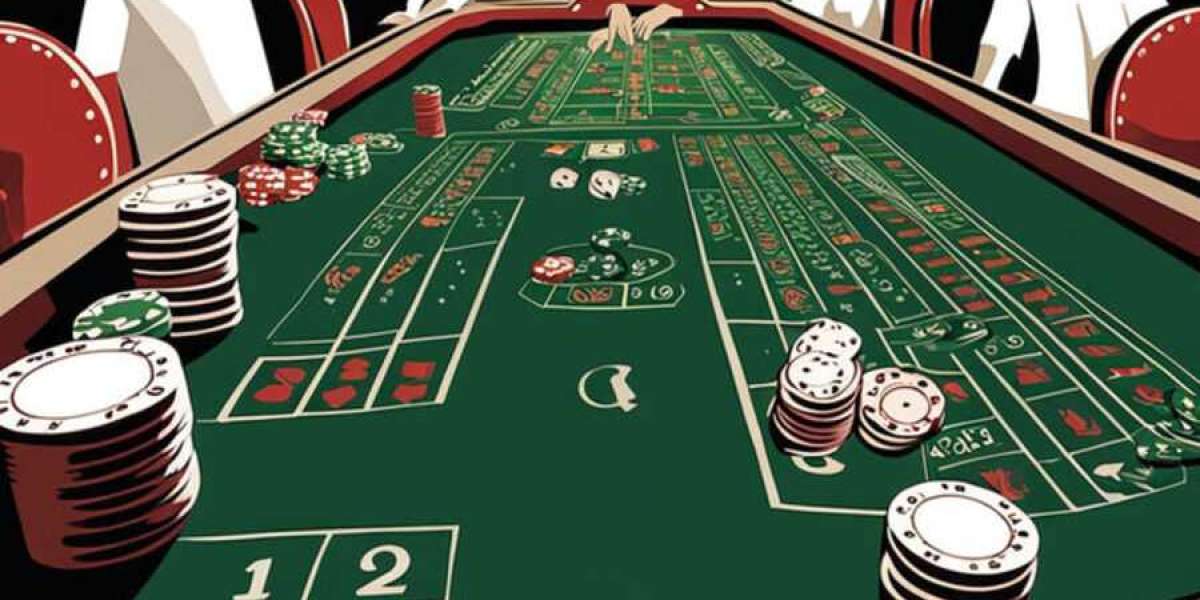The concept of combining a vanity with a desk has seen a remarkable transformation over the years. This fusion of functionality and aesthetics has not only enhanced the utility of living spaces but also added a touch of elegance and sophistication. In this blog post, we will delve into the fascinating journey of this hybrid furniture piece, exploring its historical roots, modern adaptations, and future trends.

Historical Roots of Vanity Desks
The origins of the vanity desk can be traced back to the 18th century, when dressing tables became a staple in the boudoirs of European aristocracy. These early versions were often elaborate, featuring intricate woodwork and ornate mirrors. The primary function was to provide a dedicated space for personal grooming and storage of beauty essentials.
As time progressed, the design of these tables evolved to include writing surfaces, transforming them into multifunctional pieces. This shift was driven by the increasing need for practicality in smaller living spaces, particularly in urban settings. The vanity desk became a symbol of both luxury and utility, catering to the dual needs of grooming and productivity.
Modern Adaptations and Innovations
In contemporary interior design, the vanity desk has undergone significant innovations to meet the demands of modern lifestyles. Today’s designs are sleek, minimalist, and highly functional. They often feature built-in lighting, USB ports, and ample storage solutions, making them ideal for both beauty routines and work-related tasks.
One notable trend is the integration of technology. Smart mirrors with touch-screen capabilities and adjustable lighting have become popular additions, enhancing the user experience. Additionally, modular designs allow for customization, enabling users to adapt the furniture to their specific needs and preferences.
The Role of Vanity Desks in Small Spaces
With the rise of urban living and smaller apartments, the vanity desk has become an essential piece of furniture for maximizing space efficiency. Its dual functionality makes it a perfect fit for compact bedrooms and studio apartments. By combining a workspace with a grooming station, it eliminates the need for separate pieces of furniture, thereby freeing up valuable floor space.
Moreover, the aesthetic appeal of vanity desks adds a touch of elegance to any room. Whether it’s a vintage-inspired design or a modern minimalist piece, a well-chosen vanity desk can serve as a focal point, enhancing the overall decor of the space.
Future Trends in Vanity Desk Design
Looking ahead, the evolution of vanity desks is likely to be influenced by advancements in technology and changing lifestyle trends. Sustainable materials and eco-friendly designs are expected to gain prominence, reflecting the growing awareness of environmental issues. Additionally, the integration of smart home technology will continue to shape the future of vanity desks, offering enhanced functionality and convenience.
Another emerging trend is the emphasis on personalization. Customizable vanity desks that cater to individual preferences and needs will become increasingly popular. This trend is driven by the desire for unique, one-of-a-kind pieces that reflect personal style and taste.
Conclusion
The evolution of vanity with desk in interior design is a testament to the enduring appeal of multifunctional furniture. From its historical roots as a symbol of luxury to its modern adaptations as a space-saving solution, the vanity desk has continually evolved to meet the changing needs of society. As we look to the future, it is clear that this versatile piece of furniture will continue to play a significant role in interior design, offering both practicality and aesthetic appeal.
Whether you are a design enthusiast or simply looking to enhance your living space, the vanity desk is a timeless addition that combines the best of both worlds. Its journey through history and its potential for future innovation make it a fascinating subject for anyone interested in the evolution of interior design.








